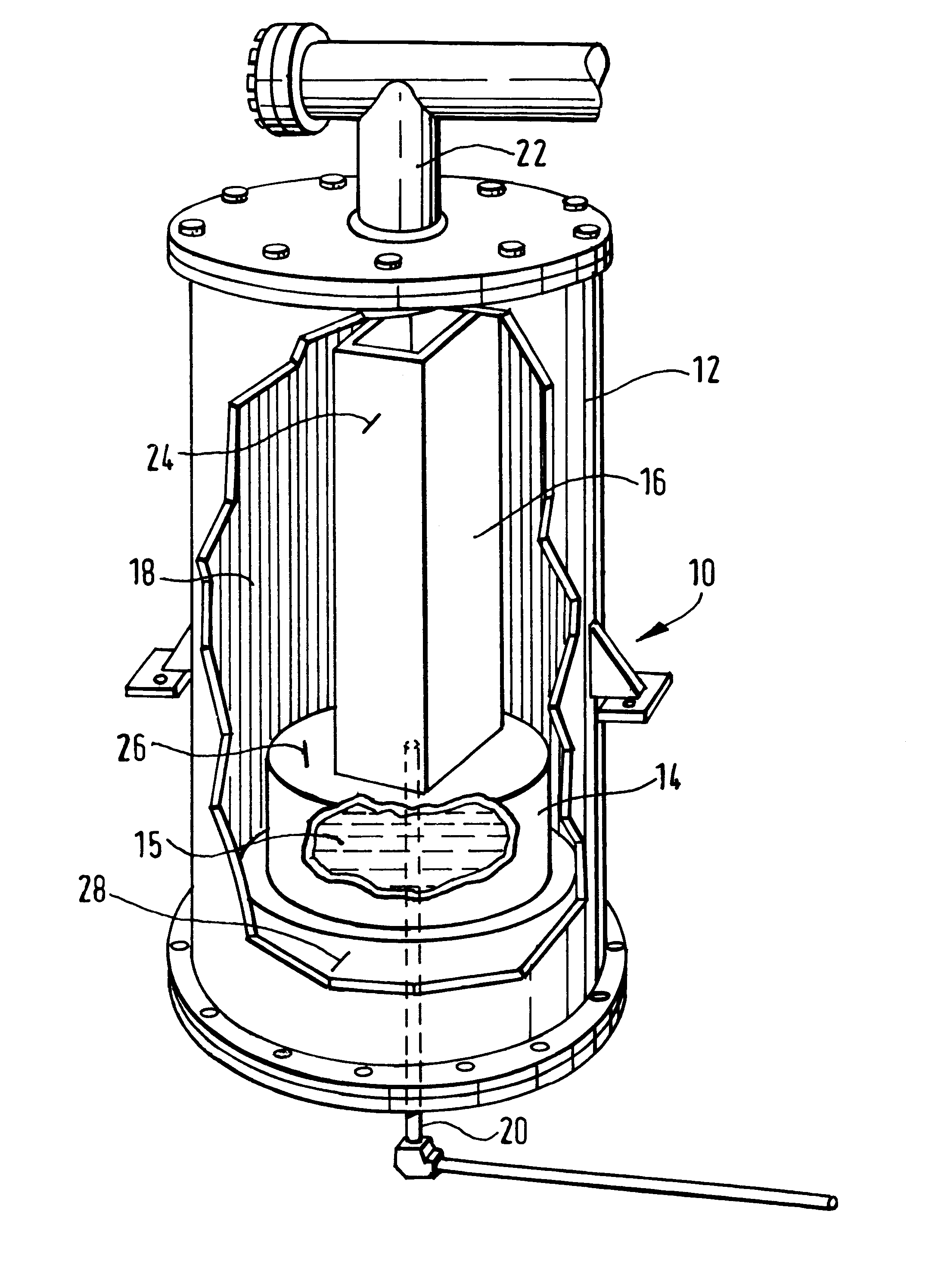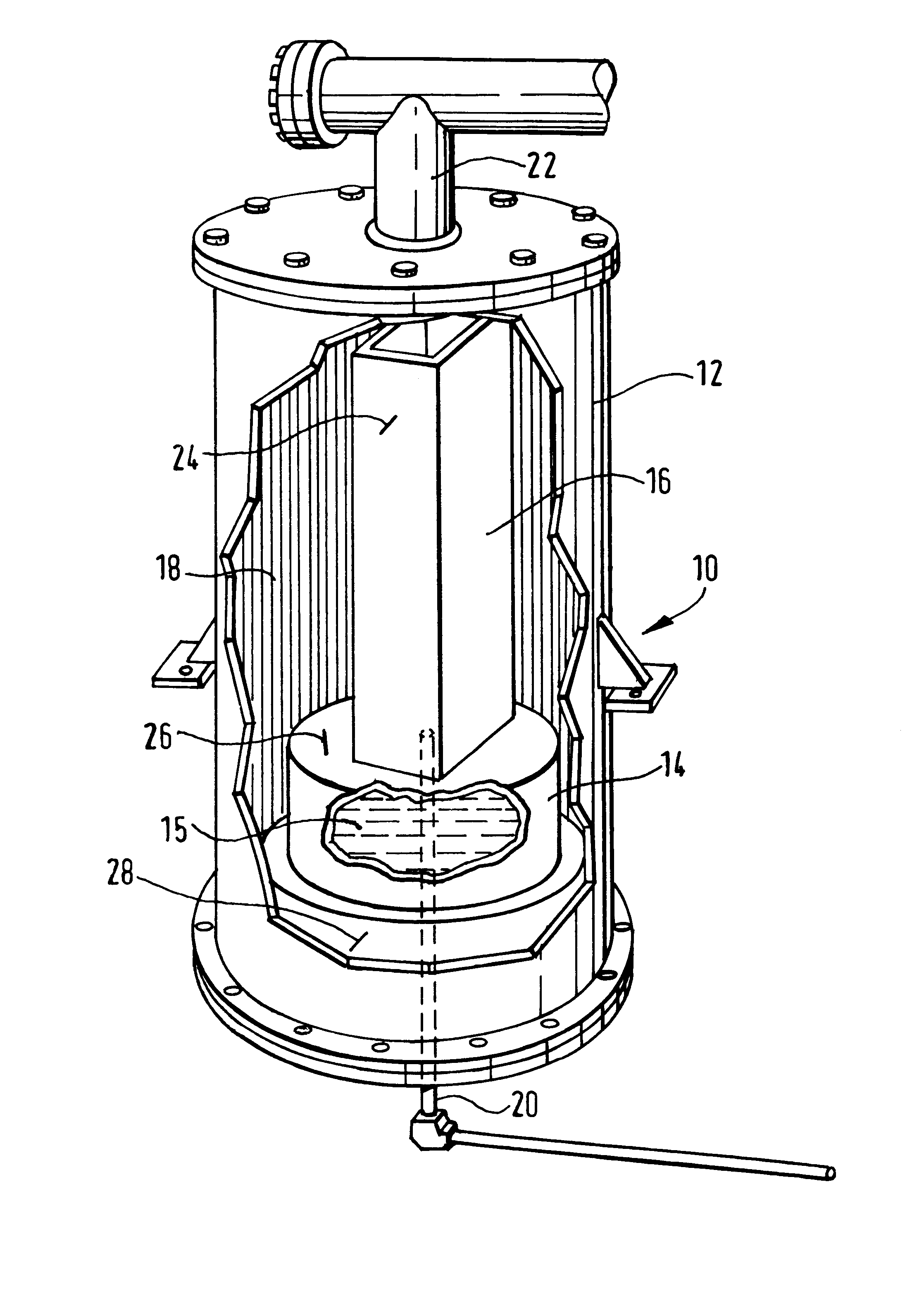Low stress, water-clear zinc sulfide
a technology of water-clear zinc sulfide and low stress, which is applied in the field of low stress, water-clear zinc sulfide, can solve the problems of poor transmission of zinc sulfide deposits produced by this cvd method, and inability to accurately machining windows
- Summary
- Abstract
- Description
- Claims
- Application Information
AI Technical Summary
Problems solved by technology
Method used
Image
Examples
example no.2
EXAMPLE NO. 2
A further deposit of zinc sulfide was prepared by chemical vapor deposition in a manner similar to the chemical vapor deposition of Example No. 1. In this run the retort control temperature was ramped up from 645.degree. to 665.degree. C. and the temperature measured near the bottom of the retort was increased from 615.degree. to 627.degree. C. during the first 54 hours of the deposition. The mandrel temperature was ramped down from its starting temperature of 690.degree. to 670.degree. C. during the first 18 hours of the deposition. The flow rate of zinc was established at 12.6 slpm and the H.sub.2 S / Zn molar ratio was controlled at 0.74. Otherwise, the conditions were as in Example No. 1. The run continued for 650 hours.
One large rectangular form and several one and two inch diameter samples were prepared from the deposit and were HIP treated under the same conditions as were used in Example No. 1, except the Hipping duration was decreased to 70 hours and the treatmen...
PUM
| Property | Measurement | Unit |
|---|---|---|
| temperature | aaaaa | aaaaa |
| isostatic pressure | aaaaa | aaaaa |
| temperature | aaaaa | aaaaa |
Abstract
Description
Claims
Application Information
 Login to View More
Login to View More - R&D
- Intellectual Property
- Life Sciences
- Materials
- Tech Scout
- Unparalleled Data Quality
- Higher Quality Content
- 60% Fewer Hallucinations
Browse by: Latest US Patents, China's latest patents, Technical Efficacy Thesaurus, Application Domain, Technology Topic, Popular Technical Reports.
© 2025 PatSnap. All rights reserved.Legal|Privacy policy|Modern Slavery Act Transparency Statement|Sitemap|About US| Contact US: help@patsnap.com


